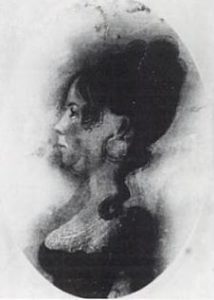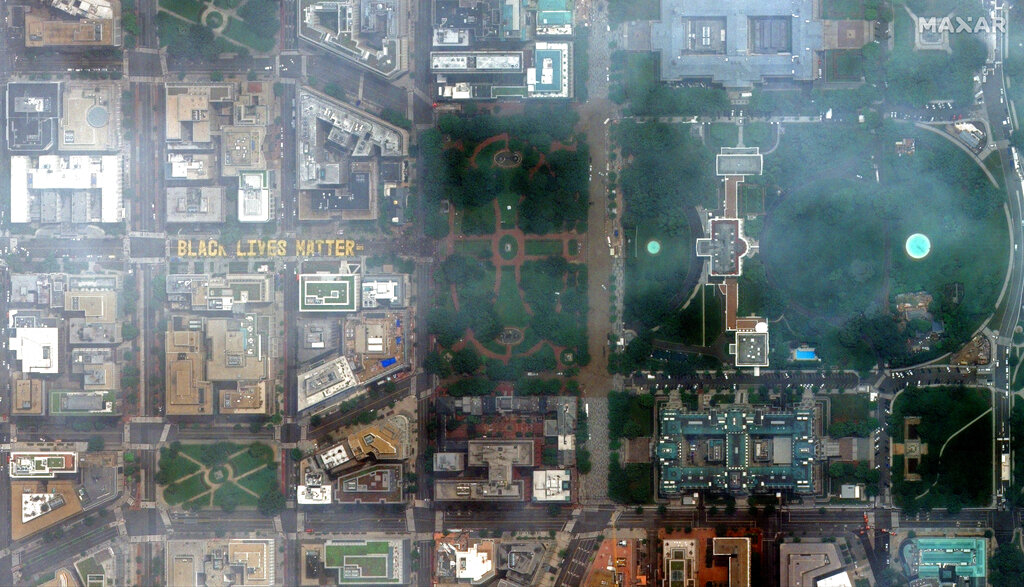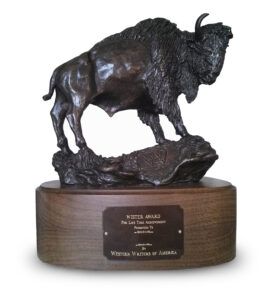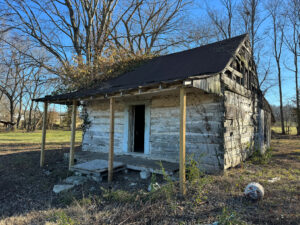The White House Historical Association calls Lafayette Square “the paradoxical relationship between slavery and freedom in the nation’s capital.” With a complicated past, the square and the surrounding neighborhoods stand at the feet of the White House, a symbol of American democracy.
And on June 1, as much of America watched protestors—chanting “Black Lives Matter” and “I can’t breathe” in response to the recent death of George Floyd and other African Americans at the hands of police—get cleared out by force from Lafayette Square to allow President Donald Trump to walk from the White House to nearby St. John’s Episcopal Church for a photo-op, the tragic irony was not lost on some.
Over two hundred and fifty years ago, hundreds of enslaved blacks were bought and sold in Lafayette Square from slave pens that bordered the church; the shameful business conducted in full view of the White House.
At least nine presidents brought or hired out enslaved individuals to work at the White House, according to the association, while at least 12 presidents were slave owners at some point during their lives.
Enslaved laborers predominantly carried out the initial construction of the White House itself, between 1792-1800. After the British burned down the White House in 1814, enslaved laborers were involved once again, albeit fewer than during the original construction.
Many came through Lafayette Square, which grew as a prosperous hub for the slave trade.
“As the tobacco industry in the Upper South fell into decline, so did the need for large numbers of agricultural laborers,” according to the White House Historical Association. “Many slave owners decided to sell their enslaved workers to dealers based in Washington, D.C. These dealers imprisoned enslaved people in crowded pens for weeks or months before selling them to the Deep South, where the cotton industry had expanded exponentially.”
Much of this aspect of history has been overlooked, a shortcoming compounded by the fact that there are few written accounts from enslaved and free African Americans living and working in the nation’s capital during that period.
“We know about the construction of D.C., but we don’t know who built it, where the slave markets were? Where the slave quarters were? Did you know the site of National Archives is where the D.C. Central [Slave] Market was located on 7th Street? We know Arena Stage on the Wharf, but do we know that is where all the slave ships came in?” John W. Franklin, senior manager emeritus at the Smithsonian’s National Museum of African American History and Culture, told The Washington Post. “Ninety-nine years before Trump cleared Lafayette Square to walk to St. John’s, enslaved people were kept in slave pens along Independence Avenue.”
St. John’s Church, built in 1815, and Decatur House—Commodore Stephen Decatur’s home—built in 1818, were two of the earliest buildings constructed in Lafayette Square, originally known as “President’s Park.”
Every sitting president since Monroe has attended St. John’s at least once, while the Decatur House “is one of only a few remaining examples of slave quarters in an urban setting,” according to the U.S. General Services Administration. The house “is uniquely significant as the only remaining physical evidence that African Americans were held in bondage within sight of the White House.”

The park itself, named for the French military leader, Marquis de Lafayette, who played a crucial role in helping colonists secure victory during the American Revolutionary War, is where, in 1810, an enslaved woman named Alethia Browning Tanner purchased her own freedom with the $1,400 she had earned from selling vegetables. Tanner was later able to free many of her family members and remained an important member of the free black community in Washington, DC throughout her life.
Her nephew, John F. Cook, Sr., went on to found the nearby 15th Street Presbyterian Church, becoming the first black Presbyterian minister in the city, according to the White House Historical Association.
In 1870, the church’s basement was used to organize the Preparatory High School for Colored Youth. The school eventually moved and was renamed the M Street School, where Charles Hamilton Houston, among many other influential graduates, attended.
Houston, writes the association, “fought important legal battles against segregation and discrimination in the early 20th century and established the Howard University School of Law as the leader in legal challenges to segregation that ultimately resulted in the landmark Brown v. Board of Education decision.”
Lafayette Square is a popular destination for tourists and protestors seeking to engage the White House in their own ways; it’s also an enduring symbol of the American paradox between freedom and slavery. On June 5, a sign saying “Black Lives Matter Plaza” was affixed to the lamp post outside St. John’s Church, speaking to the fact that that part of the history of the square and the country are far from settled.





